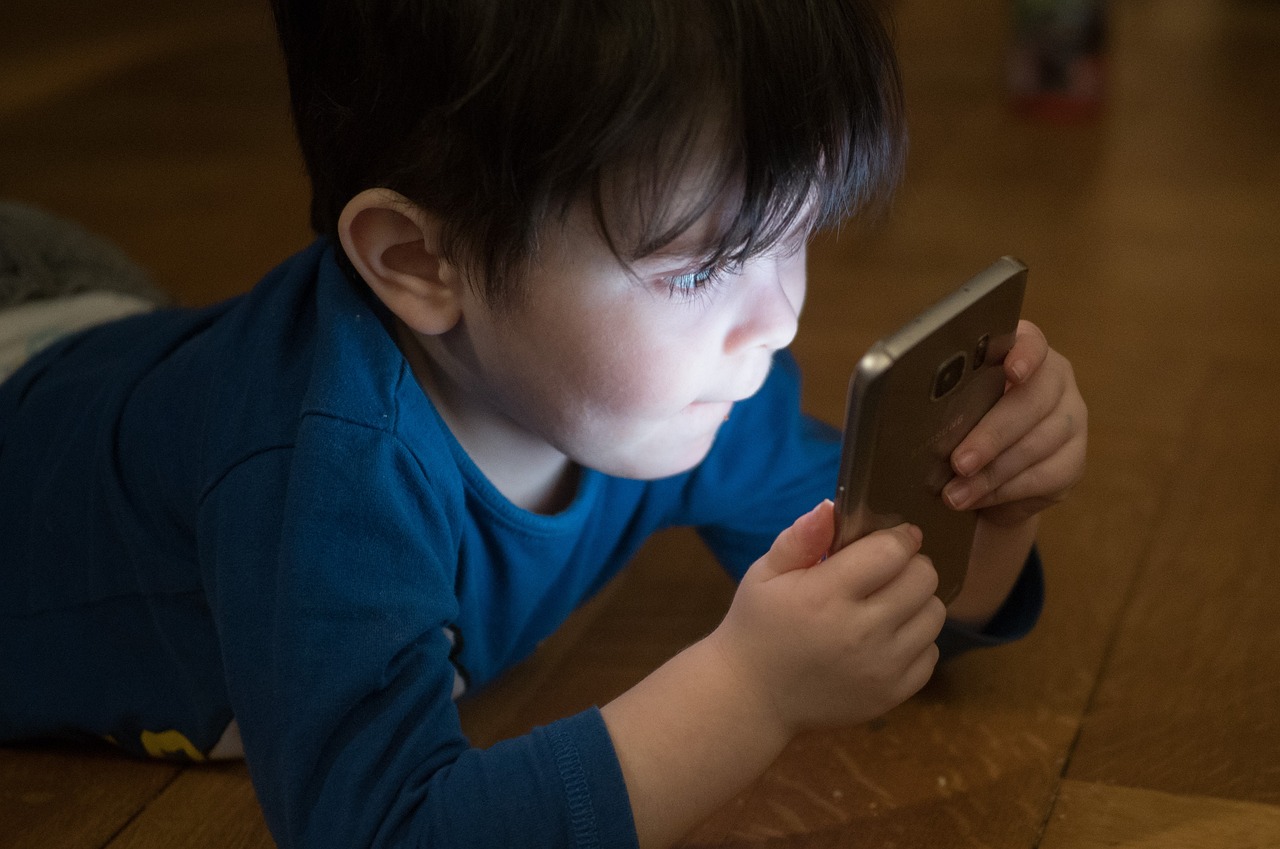However, this rise in popularity raises concerns about youngsters' excessive use of the app. The problem is not only the time they spend on this platform but also how it impacts their mental health. Some health experts have begun addressing this issue as they would any other harmful addiction.
The first step in confronting TikTok addiction lies in acknowledging its existence. Parents and educators need to recognize that spending countless hours scrolling through endless feeds can lead to addictive behavior.
TikTok's design relies heavily on algorithms tailored for each user based on their interests and previous interactions. This personalized content encourages prolonged usage as kids are shown an endless stream of videos matching their preferences.
Moreover, the gratification kids receive from likes and followers further fuels their urge to stay active on the app. This instant validation often leads them into a cycle where they constantly seek approval from their peers online.
Parents should start by setting boundaries for screen time while encouraging offline hobbies or activities that promote physical well-being and social interaction. It’s essential for parents to maintain open communication with their children about responsible internet use and potential dangers associated with excessive screen time such as sleep disruption or decreased productivity.
For some kids, reducing TikTok usage may be more challenging due to peer pressure or fear of missing out (FOMO). In such cases, professional help might be necessary; therapists can provide strategies for managing anxiety related to FOMO and building healthier digital habits.
It's also important for schools to play an active role in educating students about responsible social media use. Workshops and seminars can help kids understand the impact of excessive screen time on their mental health, academic performance, and overall well-being.
In conclusion, while TikTok offers a creative outlet for children and young adults, its addictive nature poses serious risks. Addressing this issue requires collaborative efforts from parents, educators, and healthcare professionals alike. By developing healthier digital habits early on, we can help our kids navigate today's digital world effectively without falling prey to virtual addictions.
Least probable words: waning, gratification, disruption, FOMO (Fear Of Missing Out), seminars.

